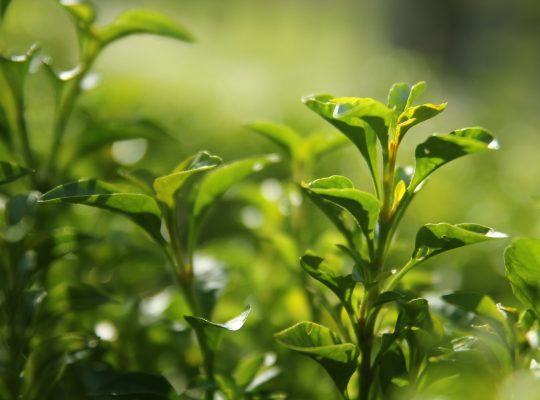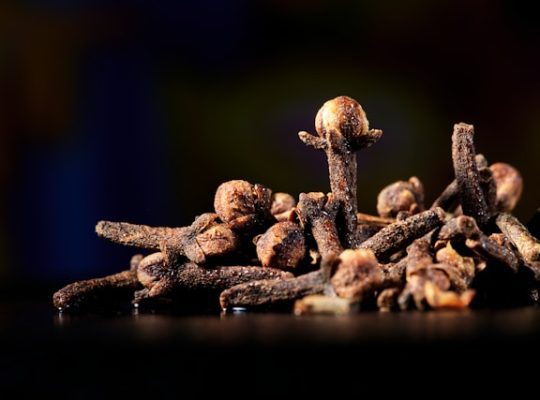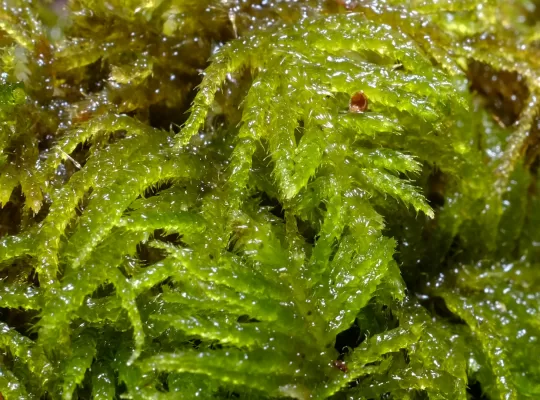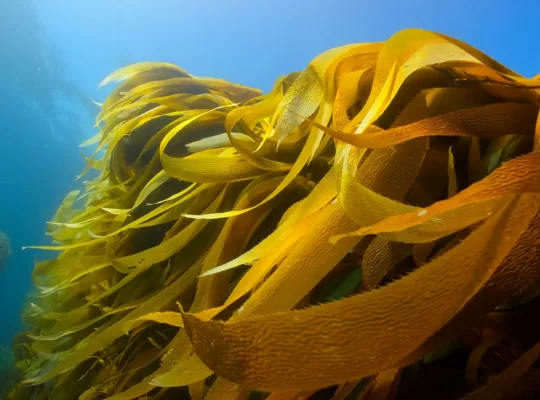In the wake of the global health crisis, Bali, an island known for its vibrant tourist scene, has seen a drastic drop in international visitors. This shift has pushed many locals to revisit a more traditional source of livelihood – seaweed farming. Gone are the days when Bali’s shores were lined with the leisurely lounging bodies of tourists from all over the world. Instead, the beaches of Lembongan Island, a small yet picturesque part of Bali, are now scenes of locals, basket in hand, collecting seaweed from the clear waters.
For individuals like I Gede Darma Putra, 43, a dive master by profession, the pandemic has meant starting over. The job he once knew is gone, and in its place is the hard but honest work of cultivating seaweed alongside his wife, Kadek Kristiani. This change comes after Bali’s plans to reintroduce foreign tourists to the island were indefinitely paused due to a rise in COVID-19 cases across Indonesia.
The streets of the island, previously buzzing with tourists, now see heaps of drying seaweed, a testament to a community’s resilience and its pivot back to an industry that, while significant to Indonesia as the world’s second-largest producer of seaweed, had seen a decline over the past decade. The desperation to sustain their economy and provide for their families has led many, who had once relied on the bustling tourism sector, to join the ranks of seaweed farmers once more.
Boedi Sarkana Julianto, from the Indonesian Natural Resources Network JASUDA, highlights this return to seaweed farming amidst the tumbling tourism sector. Likewise, locals like Kadek acknowledge the shift with a mix of resignation and determination, understanding the necessity of finding alternative sources of income to support their loved ones.
Despite the labor-intensive nature of seaweed farming and its lower earnings compared to the more lucrative tourism industry, it has offered a lifeline to many. The pandemic has driven down demand, and the price for dried seaweed now stands at around 12,000 rupiah (approx. 80 US cents) per kilogram, barely enough to scrape by with a modest monthly income of up to $400 – a stark contrast to pre-pandemic times.
Yet, not all hope is lost. The situation has sparked discussions about the sustainability of heavy reliance on tourism. Locals like Wayan Ujiana, a 51-year-old teacher and seaweed farmer, view the current crisis as a crucial lesson in diversifying income sources to build resilience against unforeseeable challenges like the current pandemic.
This unexpected trip back to the roots of seaweed farming on the island not only highlights the adaptability and resilience of the Balinese people but also raises questions about the future of Bali’s economy. The Bali Tourism Board, through its head I Putu Astawa, acknowledges the indispensability of tourism to the island’s financial health but also recognizes the critical need to explore and invest in alternative industries.
As Bali navigates these tumultuous times, the shift towards seaweed farming serves as a reminder of the importance of flexibility and the wisdom in not putting all eggs in one basket, especially in an ever-changing world.











